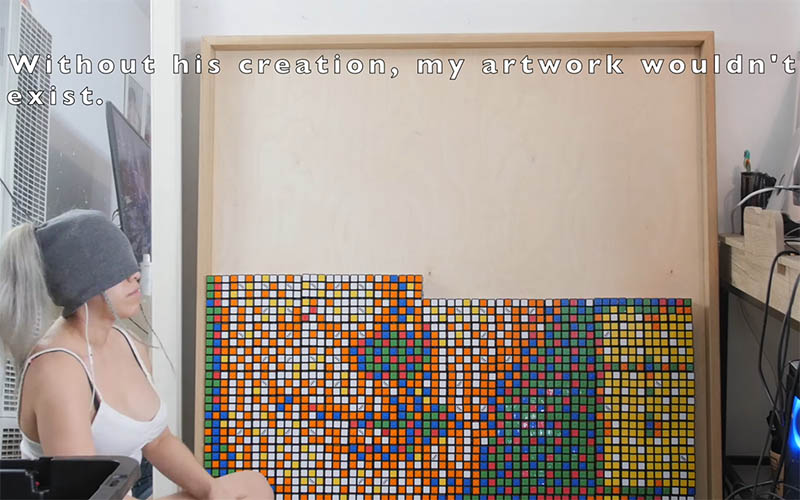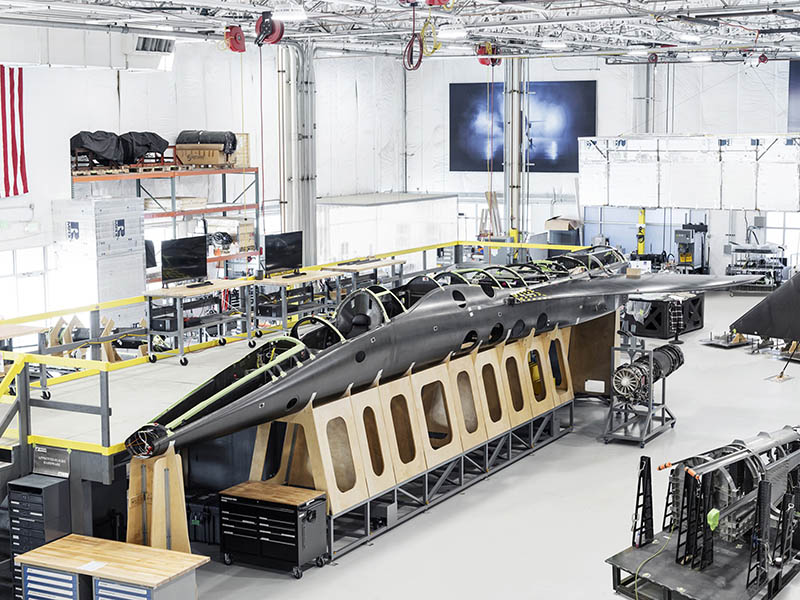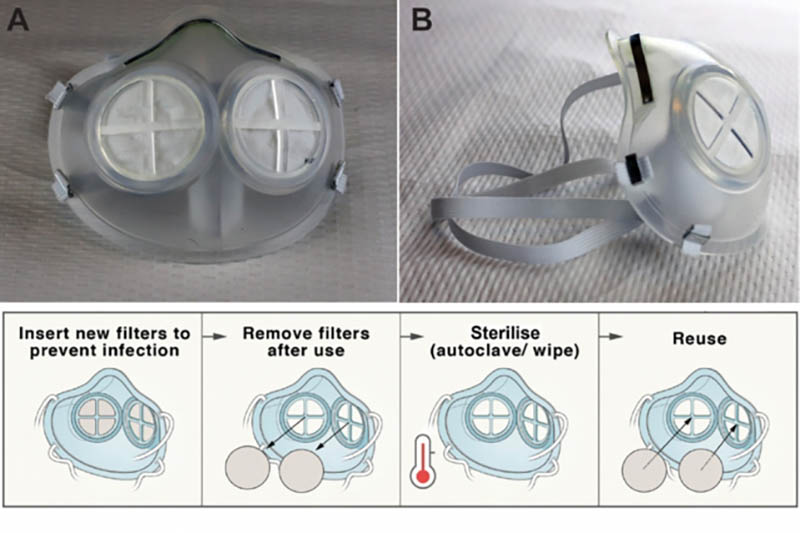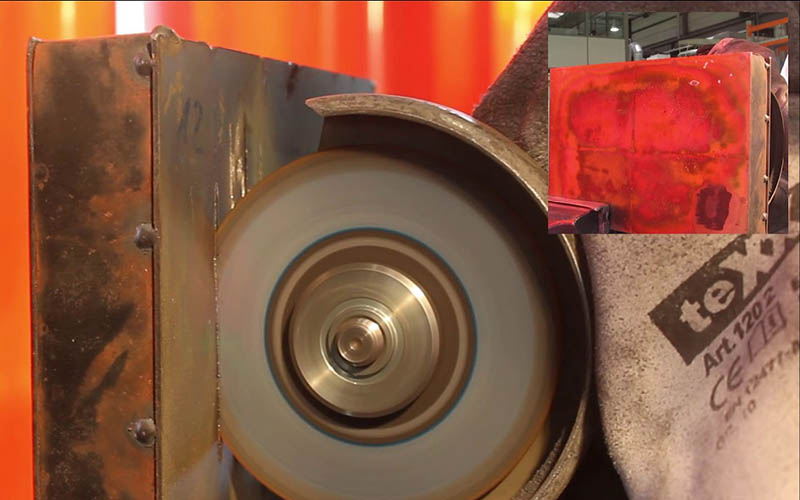
Inspired by the structure of shells and grapefruits, a team of international researchers has created what they say is the first manufactured non-cuttable material which they’ve named Proteus, after the shape-changing mythical god. According to SciTech Daily:
The material is made from a cellular aluminum structure wrapped around ceramic spheres and this has a doubly destructive effect on cutting tools. When cut with an angle grinder or drill, the vibrations created by the ceramic spheres inside the casing blunt the cutting disc or drill bit.
“Essentially cutting our material is like cutting through a jelly-filled with nuggets. If you get through the jelly you hit the nuggets and the material will vibrate in such a way that it destroys the cutting disc or drill bit.
“The ceramics embedded in this flexible material are also made of very fine particles which stiffen and resist the angle grinder or drill when you’re cutting at speed in the same way that a sandbag would resist and stop a bullet at high speed.
Sure, it can withstand angle grinders, drills, and even water jets, but have they tried cutting it with, oh I dunno, scissors?! What’s that? Scissors don’t work either? Okay, I’m out of ideas. I guess it truly is non-cuttable.
Keep going for a 3D CT scan of the material, as well as a video of them attempting to cut through it with an angle grinder.
Source: Geekologie – Engineers create first manufactured non-cuttable material


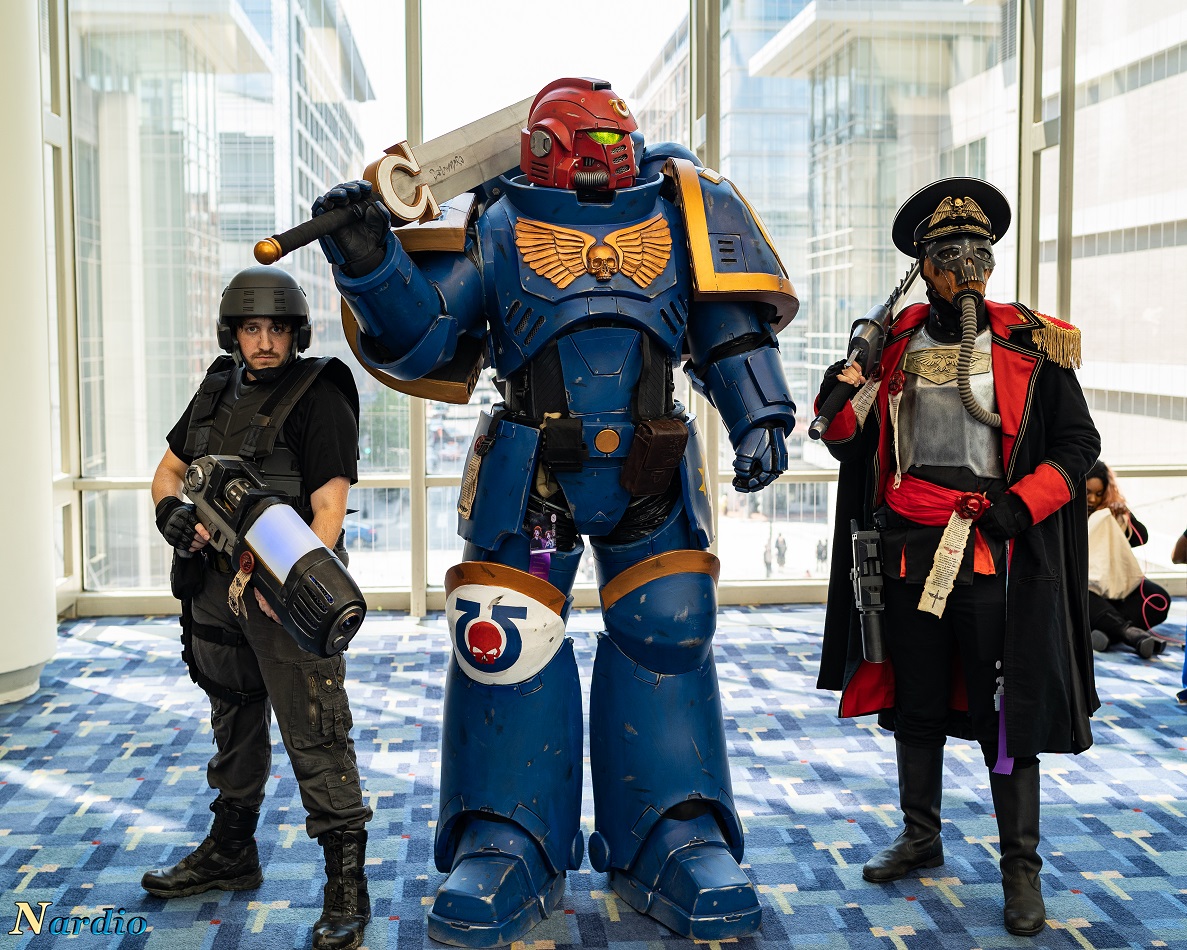

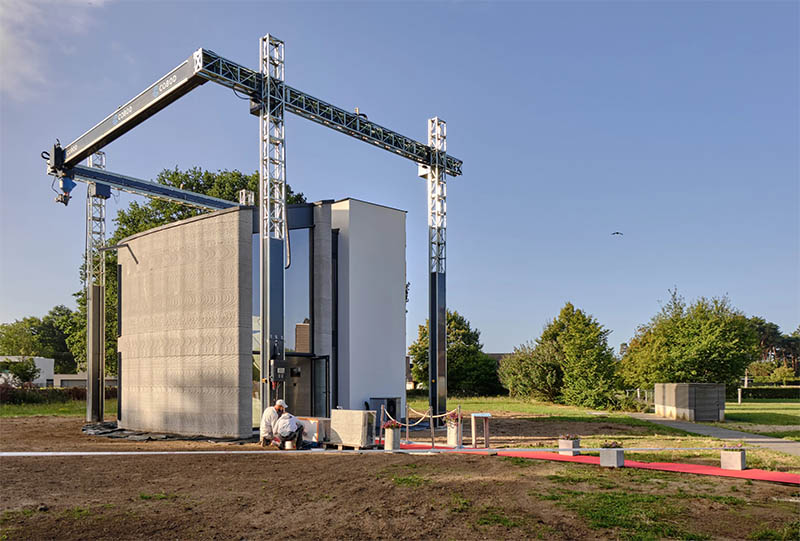





 Stuff Made Here’s Shane made a robot to cut his own hair and he did it the hard way, bypassing trimmers and other shortcuts and going for scissors. That’s right, he designed a robot to cut the hair on his head with scissors. Scissors. If there’s any doubt that that’s exactly as dangerous as you probably think it is, just look at his expression. That’s the face of a man who doesn’t fully trust his creation. Like the time I filled a folded pizza with donuts, hot dogs, and jalapenos. Was it delicious? Obviously. Did it betray me the next day? Obviously.
Stuff Made Here’s Shane made a robot to cut his own hair and he did it the hard way, bypassing trimmers and other shortcuts and going for scissors. That’s right, he designed a robot to cut the hair on his head with scissors. Scissors. If there’s any doubt that that’s exactly as dangerous as you probably think it is, just look at his expression. That’s the face of a man who doesn’t fully trust his creation. Like the time I filled a folded pizza with donuts, hot dogs, and jalapenos. Was it delicious? Obviously. Did it betray me the next day? Obviously. 



